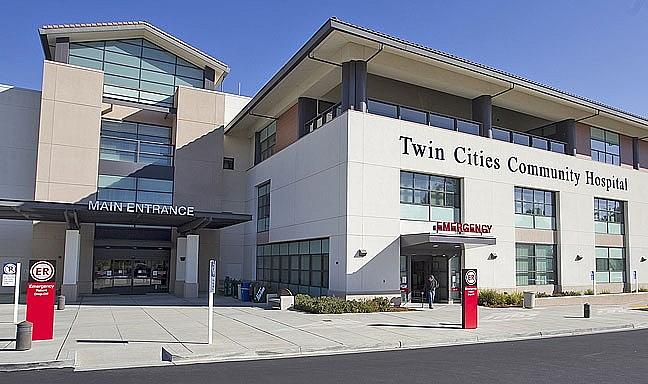Is hospital consolidation making health care less affordable on California’s Central Coast?

Amid a nationwide wave of hospital consolidations that broke records in 2017 for total mergers and acquisitions, the Central Coast of California is no exception.
Two of the country’s largest for-profit and nonprofit hospital chains — Tenet Healthcare and Dignity Health — have strong footholds in San Luis Obispo and northern Santa Barbara counties, owning five of the region’s marquee medical centers.
Recent research shows that as hospitals fall under fewer ownership umbrellas, the overall price of care doesn’t necessarily decrease for patients and insurance providers. To the contrary, prices can rise, and at significantly higher rates than their more modestly sized competitors.
A 2016 USC study found that prices at Dignity Health and Sutter Health hospitals in California grew 113% between 2004 and 2013, compared to 70% at hospitals with different owners. A 2018 New York Times story reported that in 25 metro areas experiencing high rates of consolidation, the price of average hospital stays increased between 11% and 54% in the years following. The research all suggests that a decline in competition among hospitals enables the remaining chains to leverage their market power to set higher prices for care.
Here on the Central Coast, this issue came to the forefront in 2018, when Dignity Health announced a multi-billion-dollar merger with Catholic Health Initiatives. Dignity is now the largest nonprofit hospital chain in the nation.
For my 2019 Data Fellowship, I want to investigate what these developments mean on the ground for patients in SLO and Santa Barbara counties. Have hospital bills increased at these five local centers in recent years? If so, by how much? How do those prices compare to what other hospitals, clinics, and private practices in the region charge? I’m curious what impact this “consolidation wave” has on communities, on insurance providers, and on the underprivileged and underinsured, especially.
But getting a clear picture of the local conditions will be no simple task, as hospital and medical pricing information can quite difficult for journalists to obtain. Luckily, there are some lessons to learn from prior ventures. A Johns Hopkins study in 2015 identified the 50 most marked-up hospitals in the country by compiling Medicare cost reports, which reveal what hospitals’ total gross charges compared to prices set by Medicare. This type of public data, honed for my coverage area and analyzed appropriately, could reveal a lot about what’s going on in this region of California.
In addition to scouring data sources in the public arena, I want to reach out to community members to solicit their help in telling the story with data. Engaging via social media, an online survey/forum that I create, and my network of sources, I’ll set out to crowdsource a dataset of hospital bills and experiences that document the real-world interactions between local patients and local hospitals. Ideally, I’ll be able to structure this data so it compares similar types of care across systems.
Interviews with patients, doctors, insurance providers, hospital administrators, and government officials can also help shed light on how the forces of consolidation are impacting health care in the region. For instance, the Central Coast has a notorious shortage of doctors; are these conditions playing into that problem in any way?
As health care reform remains at the forefront of our national conversation and political debates, exploring this important trend within our medical system seems timely. As I wade through the data and minutiae, I’ll keep one eye on the possible policy solutions that could bring better, more accessible health care to the residents in my community.

